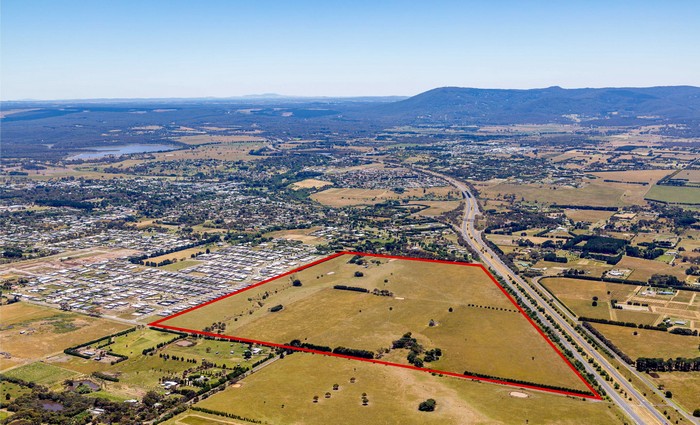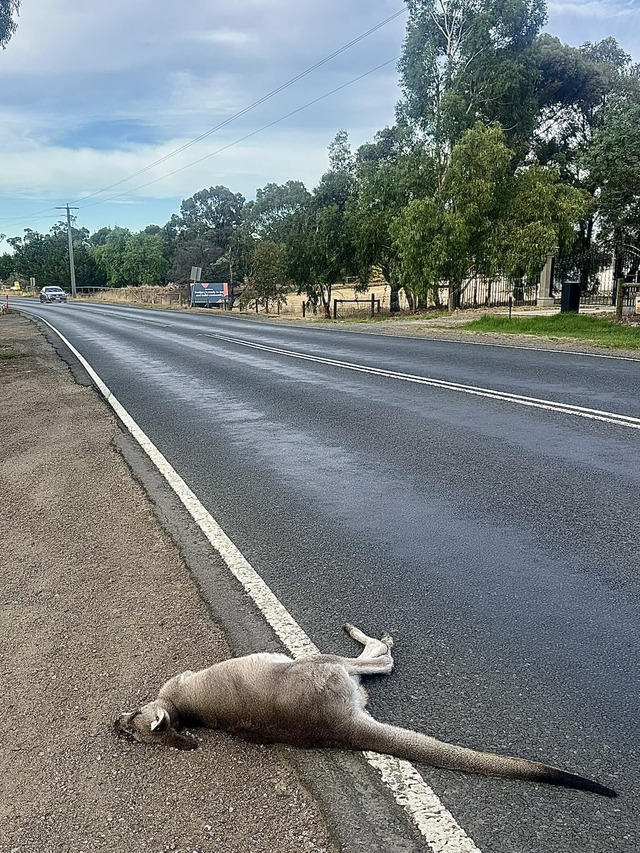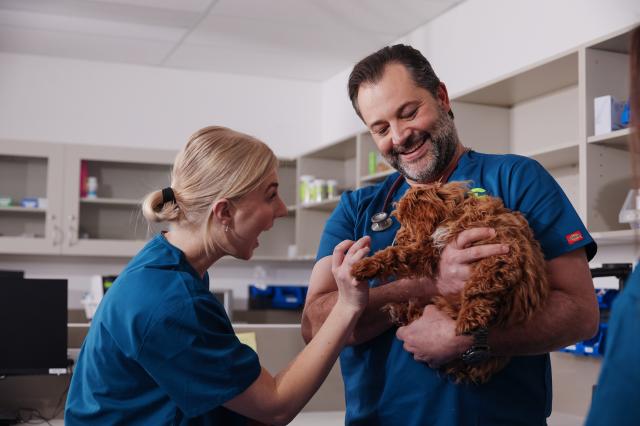Melbourne developer ID Land will look to capitalise on demand for housing after spending $70 million on two sites in Gisborne and Geelong.
In the heart of the Macedon Ranges to the north of the city, ID Land has paid $61.1 million for a 76-hectare site alongside the Calder freeway at 39 Willowbank Road, Gisborne, that will provide 600 housing lots plus a new primary school. The former farm, now zoned for residential use, was sold by the local Duggan family who had owned its since the early 1900s.
In the second smaller deal, ID Land bought a 16-hectare parcel on Barwon Heads Road for $8 million.
The site is adjacent to the developer’s Watermark community which now extends to 40 hectares and which will yield over 600 homes. Combined, the two sites will generate $400 million of end-value housing.
“Gisborne represents an opportunity for us to expand our portfolio into a new growth corridor and capitalise on the number of home-hunters who are now seeking regional areas to grow their family that still offer a relatively convenient connection to the CBD,” ID Land Director Jeff Garvey said.
The Gisborne sale was brokered by Savills Australia’s Julian Heatherich, Nick Peden and Benson Zhou who said they had received 12 offers including from offshore and interstate developers.
“This is one of the last remaining sites in Gisborne that is suitable for medium-density development,” Mr Heatherich said.
ID Land’s Geelong project forms part of the Armstrong Creek Horseshoe Bend Precinct Structure Plan which encompasses a total area of 640 hectares and will offer four new schools, three neighbourhood and local activity centres and 82-hectares of public open space.
“Victoria’s property market remains strong and we believe that despite the many recent regulatory changes, the outlook remains positive in the short to medium term,” said ID Land director Matt Belford.
“Our population growth and net migration continues to place pressure on housing so we believe there will continue to be demand for well-priced, quality product in areas that are close to the CBD or surround existing transport and activity nodes in the establishing growth corridors,” he said.
Financial Review







